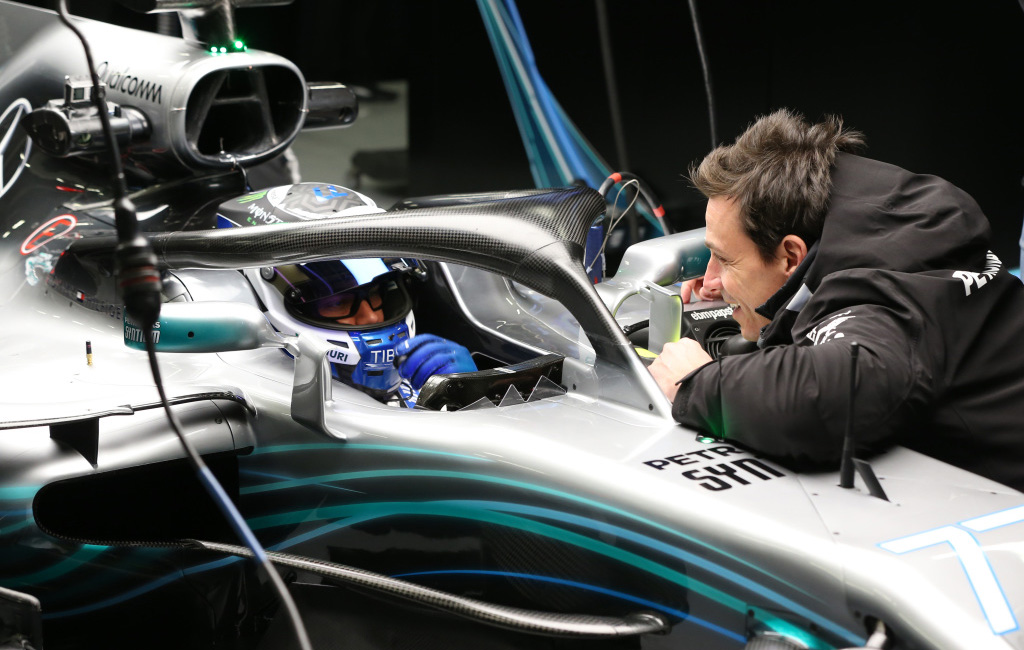The most striking and controversial rule change for the 2018 Formula 1 season – as far as fans and racing teams are concerned – is the cockpit module, called the safety halo. The semi-circular barrier is designed to protect drivers against flying debris. But many are criticizing the protection system because it disfigures the otherwise sporty racing cars. James Allison, the technical director of Mercedes-AMG Petronas Motorsport, is aware of this. “The imperative to look after the driver’s safety and our clear desire to give us cars that are going to set the pulse racing aesthetically will see us continue to develop this concept in the seasons to come.”
Robust – and heavy
The halo is highly robust and must be able to absorb forces of up to 116 kilonewton coming from various directions. This is why the titanium barrier weighs several kilos itself. “We had to strengthen the design of the chassis so that it would roughly take the weight of a London double-decker bus,” explained Allison. This is why it was a true challenge for the team to stay below the weight limit.
Turbulence at the tail fin
The halo’s round standard pipe also has a negative effect on racing car aerodynamics. Turbulence particularly influences the motor’s air intake at the roll cage and tail fin. The FIA permitted little room for changes in the first season with the halo. “We’re permitted to fit an aerodynamic fairing around it,” said Allison. “Which gives us a certain amount of scope to mitigate the effect it has on the aerodynamics of the car.”
Guard grill: the halo for fans
The engineers at ebm-papst in Mulfingen are familiar with this optimization problem. After all, the end users of fans must ensure that they do not pose a hazard. This is why many fans have a guard grill at the front or back, and in some cases, on both sides.
Bad for efficiency and noise

Dr. Jürgen Schöne, Head of Aerodynamics at ebm-papst in Mulfingen.
Reducing losses
The reason for this is that the airflow generated behind the guard grill is distorted. This has its greatest effect on guard grills at the front of fans since the fan blades must rotate through the turbulence, generating additional noise at the blades. “The intake side guard grill must be carefully designed because a lot can go wrong there,” said Schöne. “In recent years, we have focused on developing measures to reduce extra losses and noise. They involve the grill details and blade geometry.”


Leave a comment